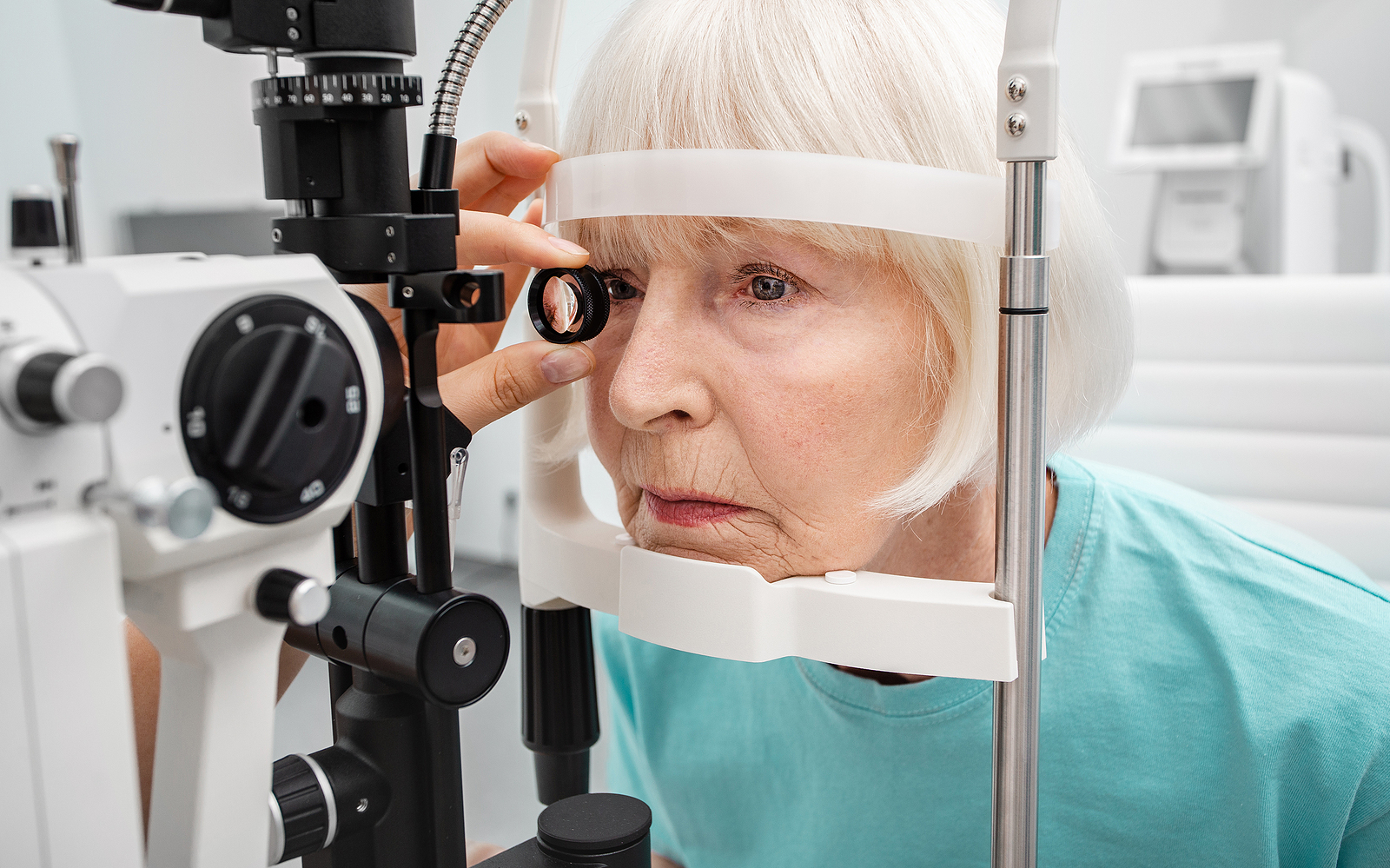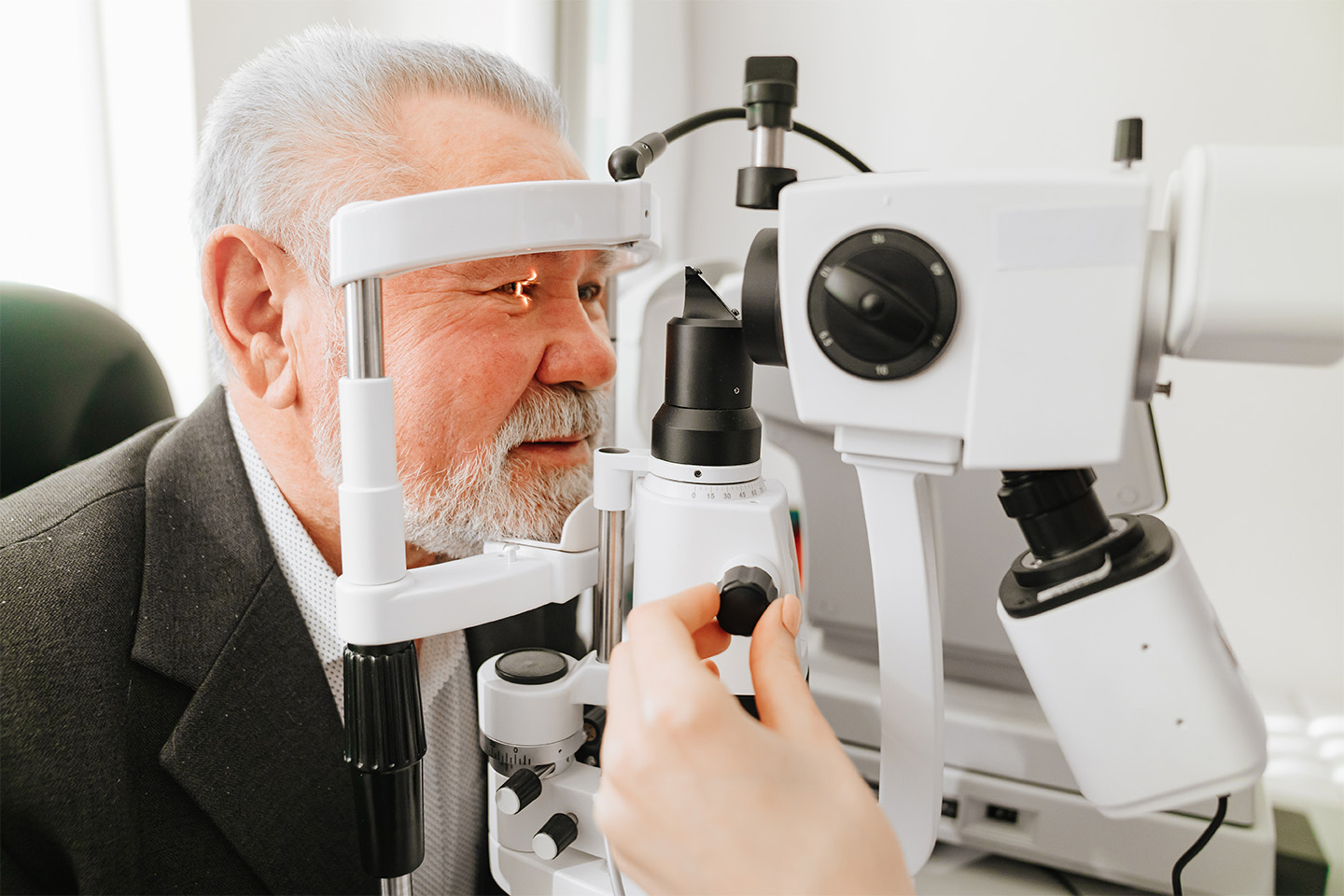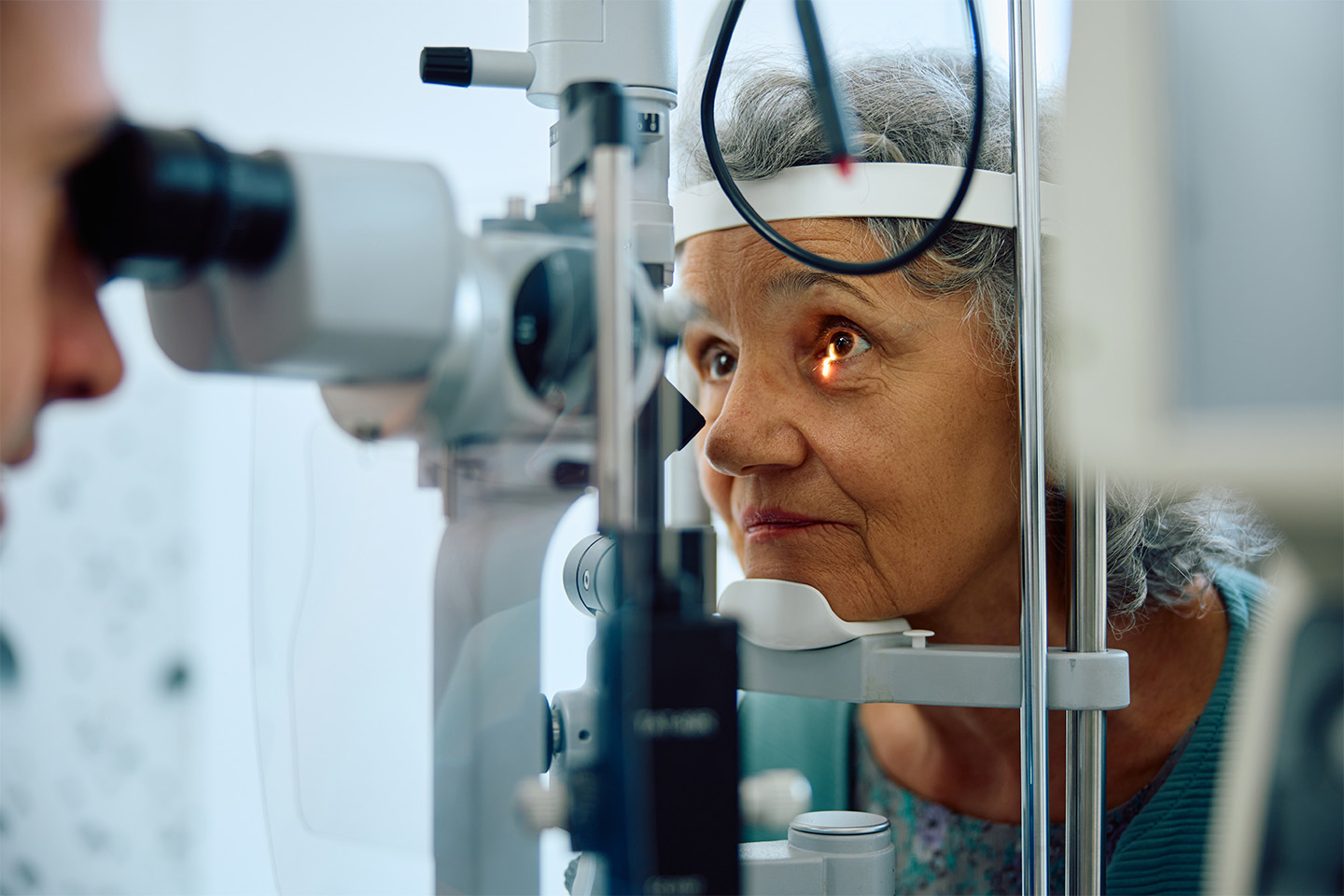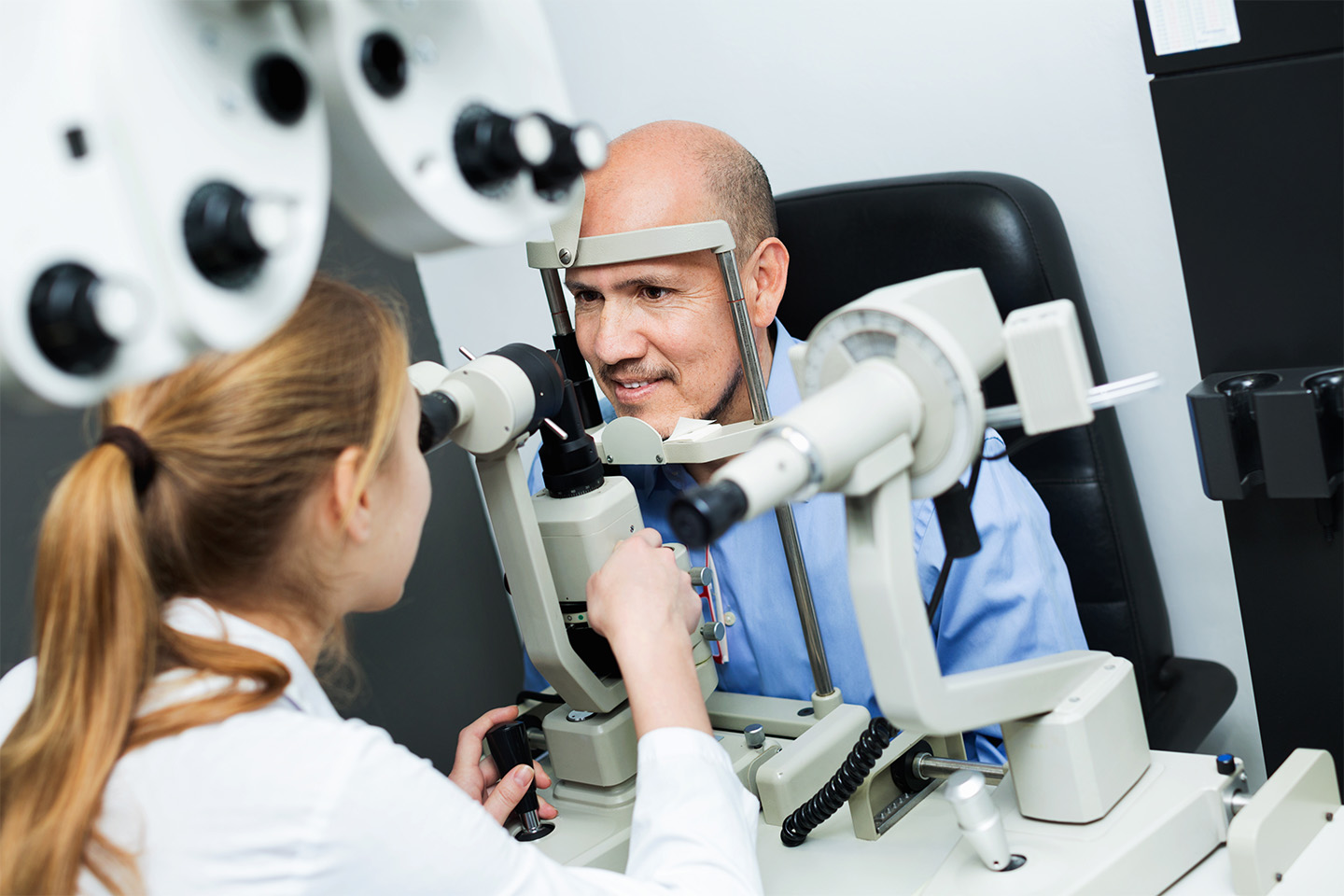Learn About the 10 Risk Factors for Glaucoma

January is Glaucoma Awareness Month. Glaucoma is related to excess pressure in the eye, which damages structures in your eye and puts your vision at risk. To help you protect your eyes and recognize the signs of glaucoma, Swagel Wootton Eye Institute has put together this list of risk factors. If you feel that you are at risk, contact us for glaucoma treatment.
No one completely understands what puts certain people at risk for glaucoma. However, those with multiple risk factors face an even greater risk. Do any of these apply to you?
- Older age, over the age of 40
- Asian, African or Hispanic
- Family members with glaucoma
- Farsighted
- Nearsighted
- High eye pressure
- Use of a steroid medication
- Thin cornea
- Previous eye injury
- Thinning optic nerve
Certain conditions can also put you at higher risk for glaucoma. These include migraines, high blood pressure, diabetes, and circulatory issues.
Schedule a consultation with one of our highly qualified eye doctors in Mesa and Chandler to discuss the possibility of glaucoma and any other health issues that have you concerned.
Glaucoma Exam with Eye Care Specialists in Mesa and Chandler
At Swagel Wootton Eye Institute, our eye doctors perform the following tests to detect glaucoma:
- Tonometry procedure. First, we numb the eye with drops. Then, we use a tonometer to measure pressure in your eye.
- Ophthalmoscopy. This instrument records the shape of the eye in your optic nerve. The optic nerve should be a vibrant pink. If the nerve looks cupped or unusual, you may need additional tests.
- Perimetry test. This test is used to map your complete visual range and is performed to identify loss of peripheral vision due to optic nerve damage from glaucoma or other diseases. Using one eye at a time, you will look at a central focal point and be asked to identify when different light spots come into view in your peripherals.
- Gonioscopy eye exam. This method tests the internal drainage which can help distinguish between narrow and open angle glaucoma.
- Nerve fiber layer analysis. This test gives your eye doctor a close look at the nerves in each eye. Glaucoma typically causes visible nerve damage.
Glaucoma Treatment in Greater Phoenix
There is no cure for glaucoma, but we can help you keep the condition under control. While eye drops are typically the first line therapy, at Swagel Wootton Eye Institute, our treatments for glaucoma include:
- iStent®
- Laser Peripheral Iridotomy (LPI)
- Selective Laser Trabeculoplasty (SLT)
We will help glaucoma patients determine the best treatment to avoid further eye damage and vision loss.
Contact Swagel Wootton Eye Institute in Mesa and Chandler
To learn more about glaucoma treatment options and other treatments available at Swagel Wootton Eye Institute, contact us to set up an appointment that’s convenient for you. Choose from our two locations in Mesa and Chandler and let us safeguard your vision.









